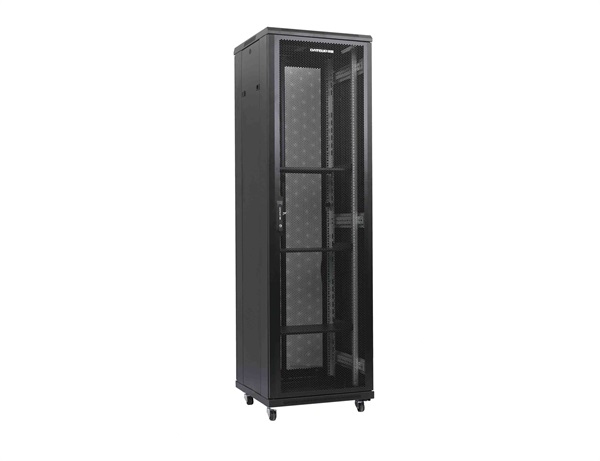News
Site Editor
 Site
https://leonetworkgroup.usa18.wondercdn.com/uploads/image/5fe152faa587d.png
A keystone jack is a type of connector used in network cabling systems, allowing for quick and easy installation, replacement, and customization of network cables. Keystone jacks come in a variety of types, including RJ45 (Ethernet), coaxial, and fiber optic, among others. Here are the steps to connect a keystone jack properly:Step 1: Prepare the Tools and MaterialsBefore you start, gather all the
Site
https://leonetworkgroup.usa18.wondercdn.com/uploads/image/5fe152faa587d.png
A keystone jack is a type of connector used in network cabling systems, allowing for quick and easy installation, replacement, and customization of network cables. Keystone jacks come in a variety of types, including RJ45 (Ethernet), coaxial, and fiber optic, among others. Here are the steps to connect a keystone jack properly:Step 1: Prepare the Tools and MaterialsBefore you start, gather all the
How To Connect Keystone Jack
Views: 493
Author: Site Editor
Publish Time: 2023-07-12
Origin: Site
A keystone jack is a type of connector used in network cabling systems, allowing for quick and easy installation, replacement, and customization of network cables. Keystone jacks come in a variety of types, including RJ45 (Ethernet), coaxial, and fiber optic, among others. Here are the steps to connect a keystone jack properly:
Step 1: Prepare the Tools and Materials
Before you start, gather all the necessary tools and materials you need to complete the installation. You will need a punchdown tool, cable stripper, cable cutter, RJ45 keystone jack, network cable, and user manual.
Step 2: Strip the Cable
The first step in connecting a keystone jack is to strip the cable. Use a cable stripper to remove about 1.5 inches of the outer sheath to expose the internal wires. Be careful not to cut the inner wires.
Step 3: Arrange the Wires
Arrange the wires in the correct order according to the chosen wiring standard, such as TIA/EIA 568B or TIA/EIA 568A. Untwist the pairs and straighten the wires. You can use a wire stripper to remove any excess insulation.
Step 4: Insert the Wires
Insert the wires into the corresponding punchdown slots in the keystone jack. Press firmly until you hear a ‘click’ sound, indicating that the connection is secure. Make sure to connect the wires in their correct colors and positions.
Step 5: Test the Connection
Test the keystone jack by connecting the other end of the network cable to an Ethernet port on a switch or router. Check for proper connectivity by verifying the activity lights are on. If everything is working correctly, your network will be up and running!
In conclusion, connecting a keystone jack is a simple process that requires some basic tools and materials. Be sure to follow the steps outlined above and consult the user manual if you encounter any problems. With a little patience and practice, you can easily create a stable and efficient network.
If you want to know more about industrial network cabinet,china fiber optic splice closure,china fiber optic distribution box,please consult the fiber optic splice closure factory









